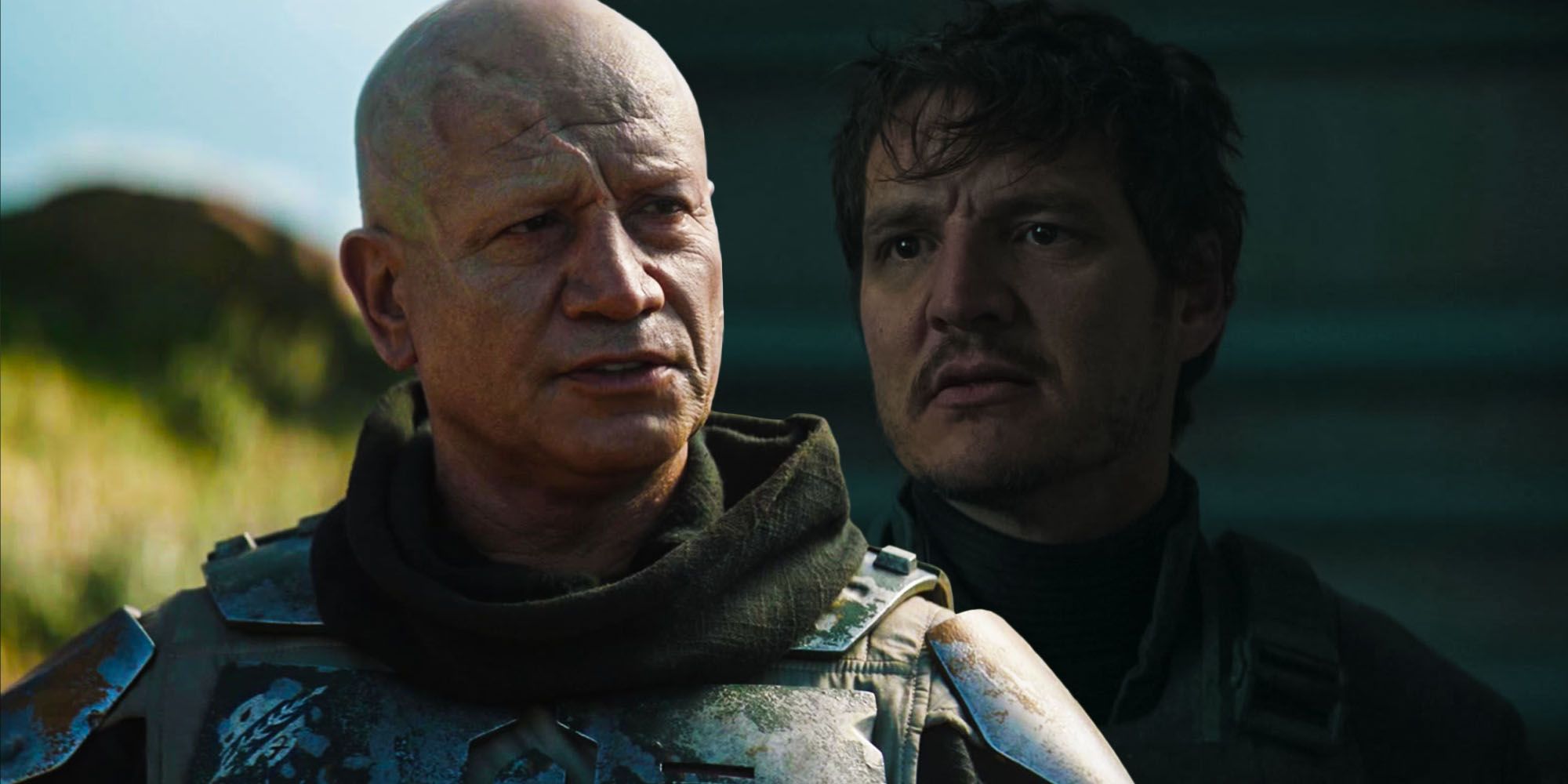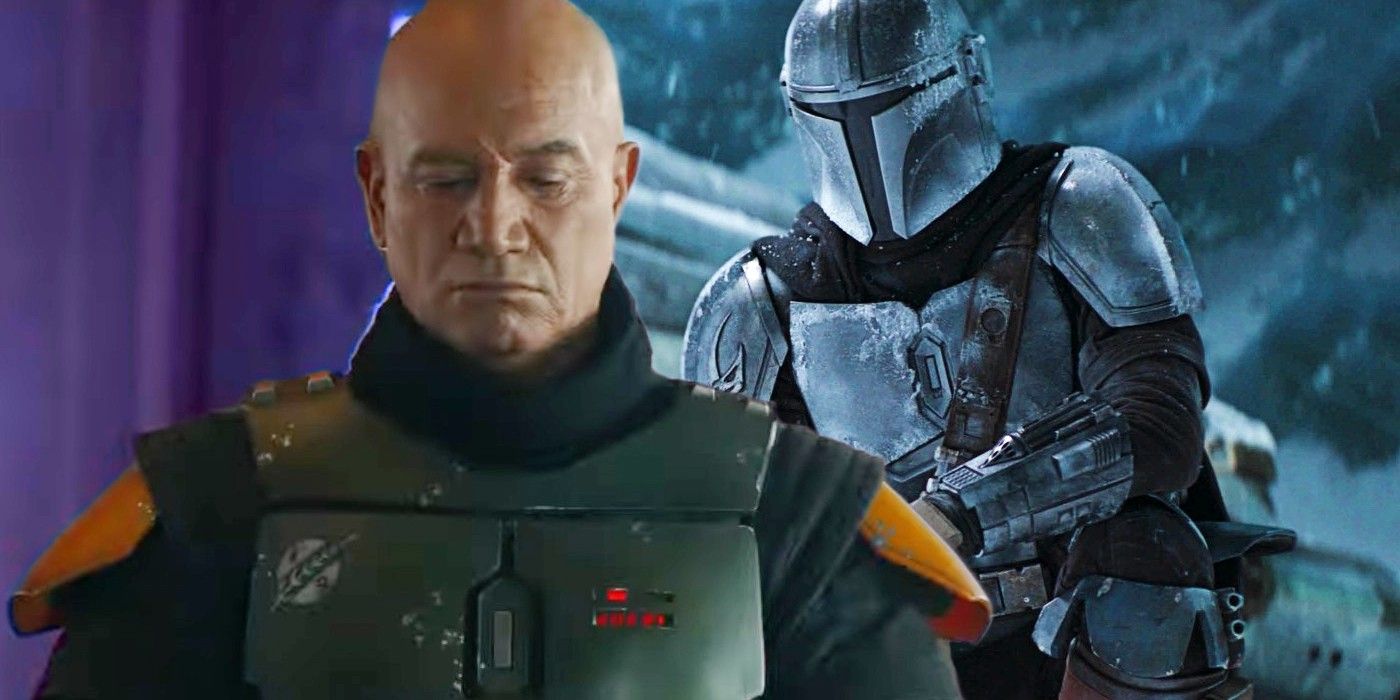Reintroduced at the end of the season two premiere of The Mandalorian, Boba Fett’s return to the galaxy far, far away was more than just the reappearance of a fan-favorite character and ultimately made Din Djarin a better character. Throughout the season, Djarin is challenged on his dogmatic ways causing him to reflect on his past with The Children of the Watch. During his extended stay on Tatooine, so too has Fett undergone a period of metamorphosis, altering his own sense of identity and agency.
One of the defining themes throughout The Mandalorian is the so-called Mandalorian Creed. The commitment to the Mandalorian Creed is a major fixation for Djarin throughout the show and has a major influence upon his actions. A strict adherence to the Creed is not unique to the Mandalorians, but Djarin also followed the Way of the Mandalore, which declared that he never removes his helmet in front of another person. This religion was followed by unorthodox Mandalorians who were part of The Children of the Watch, which Bo-Katan Kryze later described as a cult.
The Mandolorian shows Djarin’s strict adherence to the Creed causes him to question the legitimacy of even the most prominent Mandalorians, like Kryze, who aren’t burdened by the stringent set of guidelines. Throughout the series, Djarin is shown to be a passive character who is often led by the impact of outside forces. As a bounty hunter, he is given a target. Djarin is shown to be proficient, so he quickly completes his mission before he is then tasked with the next target. However, when he makes the choice to defy his orders and rescues the Child, later to be known as Grogu, this indicates a change in Djarin, beginning to provide his character with a sense of agency. This change, and growing sense of independence, is further bolstered by the arrival of Boba Fett, whose appearance further explores The Mandalorian's key themes of freedom and personal choice.
Although rescuing the Child is one of the first examples of Djarin’s decisions not to be motivated by money, it’s still in adherence to the Creed. After learning that Grogu was responsible for saving Djarin from the mudhorn at Arvala-7, the Armor tasks him with protecting Grogu and reuniting him with his own kind, in accordance with the Creed. Despite this fact, It’s not until the arrival of other Mandalorians outside of The Children of the Watch, and the reemergence of Boba Fett, that Djarin begins to question this strict devotion to the Creed.
Throughout the Star Wars saga, both on film and other ancillary works, Boba Fett is a character whose actions are often directed by others. By the very nature of being a bounty hunter, his target is provided by whoever is offering the most credits, thus bolstering Fett’s reputation, a value likely instilled by his father. Although he adhered to his father’s code, it wasn’t until his ostensible death that his motivations began to change. As shown in the trailer for The Book of Boba Fett, he is no longer solely motivated by a reputation of fear, but respect.
With his triumphant return in season two of The Mandalorian, Boba Fett demonstrates his capabilities as a Mandalorian without the assistance of his armor. Din Djarin describes his reliance on his armor by saying, “I'm a Mandalorian, weapons are my religion.” His insistence on upgrading his armor demonstrates his reliance on weaponry, and his refusal to remove his helmet confirms his dogmatic adherence to the creed. Fett serves as an example of an eventual path Djarin may follow as both of them come from a history of foundlings and at one time were used as tools for other’s biddings. Now that Fett has chosen his trajectory as a Mandalorian, this lays the groundwork for Din Djarin to choose his – ultimately making him a more compelling character.


